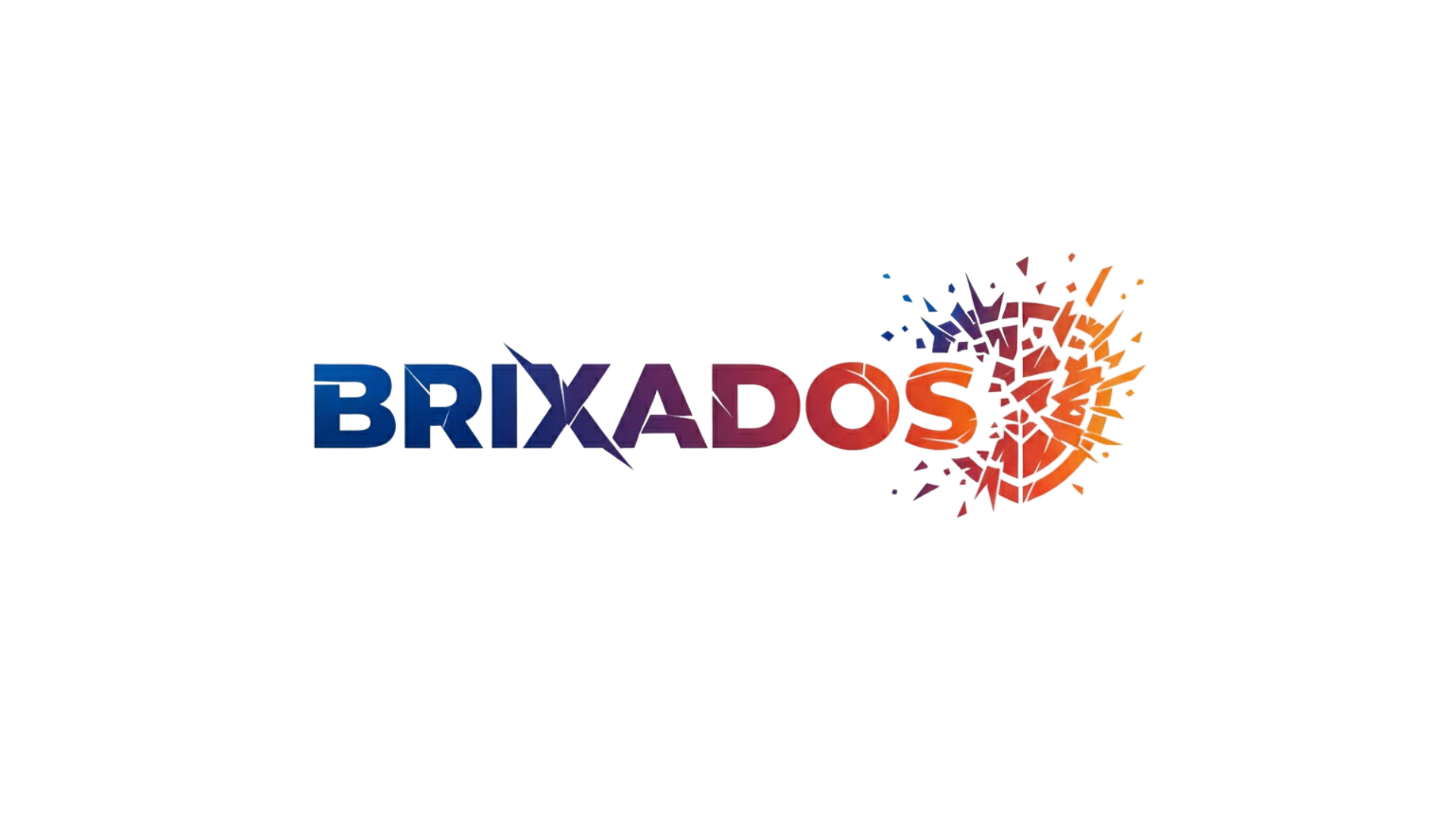Dreams speak to us in a vivid language of symbols, and among the most powerful are colors. Understanding color symbolism can transform how you interpret your nighttime visions.
🎨 Why Colors Matter More Than You Think in Your Dreams
Every night, our subconscious mind paints elaborate dreamscapes filled with meaning. While we often focus on the people, places, and actions within our dreams, the colors that fill these nocturnal narratives carry profound significance that shouldn’t be overlooked. Color symbolism in dream interpretation serves as a bridge between our conscious experiences and the deeper messages our psyche attempts to communicate.
Research in psychology has demonstrated that colors influence our emotions, behaviors, and even physiological responses during waking hours. This connection doesn’t disappear when we sleep. Instead, our dreaming mind uses colors as a sophisticated language, encoding complex emotions, warnings, desires, and insights into the visual tapestry of our dreams.
The prevalence of specific colors in your dreams can reveal patterns about your emotional state, unresolved conflicts, or even predictions about upcoming life changes. By learning to decode these chromatic messages, you gain access to a powerful tool for self-understanding and personal growth.
The Universal Language of Dream Colors
While color symbolism can have personal variations based on individual experiences and cultural backgrounds, certain color meanings appear consistently across different populations and dream interpretation traditions. Understanding these universal associations provides a foundational framework for analyzing your own dreams.
Red: Passion, Energy, and Warning Signals 🔴
Red dominates dreams with intense emotional content. This powerful color typically represents passion, anger, love, or danger. When red appears prominently in your dreams, your subconscious may be drawing attention to strong emotions you’re experiencing or suppressing in waking life.
Dreams featuring red objects, clothing, or environments often relate to:
- Romantic or sexual desires and relationships
- Anger, frustration, or aggressive impulses
- Warning signals about potential dangers or conflicts
- Vitality, energy, and life force
- Physical health concerns, particularly related to blood or circulation
The context surrounding red in your dream determines its specific meaning. A red rose carries different implications than a red warning sign or bloodstains. Pay attention to your emotional response to the color within the dream itself.
Blue: Tranquility, Communication, and Spiritual Depth 💙
Blue occupies a calming space in dream symbolism, often representing peace, truth, communication, and spiritual awareness. This color connects to the throat chakra in many spiritual traditions, linking it to self-expression and authentic communication.
When blue features prominently in your dreams, consider these interpretations:
- A need for peace, calm, or emotional healing
- Issues related to communication or self-expression
- Spiritual awakening or deeper consciousness
- Feelings of sadness or melancholy (particularly darker blues)
- Trust, loyalty, and stability in relationships
The shade of blue matters significantly. Light, sky blue suggests freedom and optimism, while deep navy blue might indicate wisdom or sadness. Turquoise combines blue’s communication aspects with green’s healing properties.
Yellow: Intellect, Joy, and Caution ☀️
Yellow radiates with mental energy in the dream world. This bright color typically symbolizes intellectual activity, happiness, optimism, or sometimes cowardice and caution. Yellow dreams often occur during periods of learning, decision-making, or creative inspiration.
The appearance of yellow in dreams can signify several things, including new ideas or intellectual breakthroughs, happiness and optimistic outlook on life situations, anxiety or nervousness about upcoming events, need for mental clarity or focus, and creativity seeking expression.
Green: Growth, Healing, and Natural Balance 🌿
Green connects dreams to nature, growth, healing, and balance. This color represents the heart chakra and often appears in dreams related to emotional healing, personal development, or environmental concerns. Green dreams frequently emerge during periods of transformation and renewal.
Dreams saturated with green may indicate personal growth and development phases, healing from physical or emotional wounds, jealousy or envy in relationships, financial matters or material security, connection to nature and environmental awareness, and fertility or new beginnings.
Darker Hues and Their Shadow Meanings
Black: Mystery, the Unconscious, and Transformation 🖤
Black in dreams doesn’t automatically signify negativity, despite common associations. This color represents the unknown, the unconscious mind, mystery, and potential. Black can indicate endings that make space for new beginnings, hidden aspects of yourself, or unexplored territories of your psyche.
Black dreams might reflect fear of the unknown or uncertain situations, depression or feelings of emptiness, sophistication and formality, hidden knowledge or secrets, death and rebirth symbolism, or protection and boundaries.
White: Purity, Clarity, and New Beginnings ✨
White represents purity, innocence, clarity, and fresh starts. Dreams dominated by white often occur during transitional life phases or when seeking clarity about confusing situations. This color can also represent spiritual enlightenment or higher consciousness.
White appearing in dreams frequently symbolizes new beginnings and clean slates, truth and clarity emerging from confusion, spiritual awareness or divine guidance, innocence or naivety, sterility or emotional coldness, and peace and surrender.
Purple: Spirituality, Royalty, and Transformation 💜
Purple occupies a unique position in dream symbolism, combining red’s passion with blue’s spirituality. This regal color often appears in dreams related to spiritual development, personal power, luxury, or transformation. Purple connects to the crown chakra and higher consciousness.
Dreams featuring purple might indicate spiritual awakening or psychic development, issues of power, authority, or ambition, transformation and personal metamorphosis, creativity and artistic expression, or mystery and magic in your life.
How Cultural Context Shapes Color Meanings
While universal patterns exist in color symbolism, cultural backgrounds significantly influence how we interpret colors in dreams. What represents mourning in one culture might symbolize celebration in another. Understanding your cultural lens helps refine dream interpretation accuracy.
For example, white symbolizes purity and weddings in Western cultures but represents mourning and death in many Eastern traditions. Red signifies danger in Western contexts but represents good fortune and celebration in Chinese culture. These cultural associations seep into our subconscious and influence our dream symbolism.
When interpreting color symbolism in your dreams, consider your personal cultural background, religious or spiritual upbringing, geographical location and its color associations, family traditions around color meanings, and individual experiences that created unique color associations.
Combining Colors: When Dreams Paint Complex Messages
Dreams rarely feature single colors in isolation. The combination of colors in a dream creates nuanced meanings that require careful consideration. The interplay between colors can intensify, complement, or contradict each other, creating layers of symbolic significance.
For instance, red and black together might suggest dangerous passion or suppressed anger. Blue and green combinations often relate to emotional healing and growth. Yellow and purple together could indicate spiritual creativity or intellectual transformation. Pay attention to which colors dominate, which appear as accents, and how they interact with each other in your dreamscape.
Practical Techniques for Decoding Color Messages in Dreams
Keep a Detailed Dream Journal 📔
The foundation of effective dream interpretation lies in consistent documentation. Upon waking, immediately record your dreams with special attention to colors. Note which colors appeared, where they showed up, how prominent they were, your emotional reaction to them, and any color changes throughout the dream.
Over time, patterns emerge that reveal your personal color symbolism system. You might discover that certain colors consistently appear before specific life events or during particular emotional states.
Create Your Personal Color Symbol Dictionary
While universal color meanings provide guidance, developing your unique color symbol dictionary enhances interpretation accuracy. Reflect on your personal associations with each color. What memories, feelings, or experiences connect to specific colors in your life?
Perhaps yellow reminds you of a childhood home, giving it different significance than standard interpretations suggest. Maybe purple connects to a beloved grandmother who wore it frequently. These personal associations often carry more weight than universal meanings.
Consider the Emotional Landscape
Colors in dreams don’t exist in isolation from emotions. The feelings you experience during and after the dream provide crucial context for interpretation. A dream featuring bright red might feel exhilarating or terrifying depending on the emotional tone, completely changing its meaning.
Ask yourself how you felt seeing each color in the dream, whether colors changed as emotions shifted, if certain colors brought comfort or distress, and how you feel about these colors when awake.
Advanced Dream Color Analysis Techniques
Tracking Color Patterns Across Dream Series
Sometimes our subconscious tells stories across multiple dreams, using color as a continuing thread. You might notice blue appearing increasingly in dreams over several weeks, suggesting growing emphasis on communication or spiritual matters in your life.
Tracking these patterns reveals developmental arcs in your psychological and spiritual journey. Maintaining detailed records over months or years illuminates how color symbolism shifts as you evolve.
Analyzing Color Intensity and Saturation
Beyond simply noting which colors appear, pay attention to their intensity. Vivid, saturated colors typically indicate strong emotions or important messages, while pale, washed-out colors might suggest uncertainty, fading influence, or diminishing emotional charge around certain issues.
Dreams that shift from dull to vibrant colors often represent emotional awakening or problem resolution. Conversely, colors fading to gray might indicate depression, loss of passion, or emotional numbness requiring attention.
When Colors Transform: Dream Metamorphosis Meanings
Some dreams feature colors that change or transform, creating particularly meaningful symbolic moments. A white flower turning red might represent innocence transforming into passion. Blue water becoming green could symbolize emotional healing leading to growth.
These transformations often mirror internal changes you’re experiencing or need to experience. They represent psychological alchemy, showing how one state of being transmutes into another. Pay special attention to transformation dreams, as they frequently precede significant life changes.
Color Absence: The Significance of Black and White Dreams
Not all dreams burst with color. Some people regularly experience black and white or monochromatic dreams. While less common than color dreams, these grayscale experiences carry their own symbolic weight.
Black and white dreams might indicate emotional detachment from situations, viewing life situations with clarity and objectivity, nostalgia or connection to past eras, depression or emotional flatness, or a need to add more vibrancy to waking life.
If you typically dream in color but suddenly experience black and white dreams, this shift deserves attention as a potential message about emotional state or perspective changes.
🌈 Putting It All Together: A Holistic Approach to Color Dream Interpretation
Effective color symbolism interpretation requires balancing universal meanings with personal associations, considering cultural context alongside individual experience, and analyzing colors within the complete dream narrative rather than isolation. Colors serve as one element in the rich tapestry of dream symbolism.
The most accurate interpretations emerge when you consider colors alongside other dream elements including people present, locations and settings, actions and plot developments, objects and symbols, and overall emotional tone. Colors provide the emotional and symbolic atmosphere in which the dream story unfolds.
Developing Your Color Interpretation Intuition
While frameworks and guidelines help, developing intuitive understanding of your personal dream color language creates the most meaningful interpretations. This intuition develops through consistent practice, attention, and reflection.
Trust your immediate reactions and associations when colors appear in dreams. Your first instinct about what a color means often proves more accurate than overthinking. Your subconscious chose specific colors for specific reasons that your conscious mind can learn to recognize.
Meditation on colors, both in waking life and before sleep, strengthens this intuitive connection. Spending time consciously observing colors and your reactions to them builds awareness that translates into clearer dream interpretation.
Transforming Dream Insights Into Waking Life Action
Understanding color symbolism in dreams serves purposes beyond intellectual curiosity. These insights guide personal development, emotional healing, and life decisions. When recurring colors or patterns emerge, they often indicate areas requiring attention or action in waking life.
If your dreams consistently feature red, perhaps unexpressed anger needs addressing, or passion requires nurturing. Recurring blue might suggest communication improvements or spiritual practice development. Green patterns could indicate readiness for growth or need for healing.
Use dream color insights as compass points guiding your personal development journey. They illuminate internal landscapes that benefit from conscious exploration and integration.

The Continuing Journey of Dream Color Discovery
Mastering color symbolism in dream interpretation represents an ongoing journey rather than a destination. Your personal color language evolves as you grow and change. What red meant five years ago might carry different significance today based on accumulated experiences and shifted perspectives.
Approach dream interpretation with curiosity, openness, and patience. Each dream offers opportunities for deeper self-understanding, and colors serve as keys unlocking these hidden chambers of consciousness. By paying attention to the chromatic dimensions of your dreams, you access wisdom that might otherwise remain obscured in the darkness of unconscious processing.
The power of color symbolism lies not just in understanding what colors mean, but in recognizing that your dreaming mind speaks intentionally through these hues. Every shade, tint, and combination carries purpose. Learning this language connects you more deeply with your authentic self, revealing truths that guide you toward greater wholeness, awareness, and fulfillment in both dreaming and waking life.
Toni Santos is a myth-psychology researcher and narrative writer exploring how archetypes, symbols and human story converge to shape mind, culture and meaning. Through his studies on the collective unconscious, comparative mythology and symbolic dream interpretation, Toni examines how the myths we tell reflect the patterns we live — and how awareness of these patterns can spark transformation. Passionate about hero’s journeys, mythic motifs and dream-language, Toni focuses on how story acts as both mirror and map for inner depth and growth. His work highlights the bridges between myth, psyche and culture — guiding readers toward a deeper encounter with themselves and the stories they carry. Blending psychology, mythology and narrative theory, Toni writes about the hidden architecture of meaning — helping readers understand how symbols, stories and dreams shape experience and identity. His work is a tribute to: The power of myth to reveal the unseen structures of psyche The journey from archetype to individual lived story The art of dream-language as a path to wholeness Whether you are a storyteller, psychologist or traveller in the inner landscape, Toni Santos invites you to explore the mythic dimension of mind — one symbol, one myth, one insight at a time.




